Bhutan is a fascinating country, a tiny landlocked Himalayan kingdom, full of mystery and intrigue. For regular readers of our blog you’ll know how much we loved our time in Bhutan. We were lucky enough too spend a week there exploring some of what the country has to offer, including a couple of hikes, the highlight being the hike to Tiger’s Nest Monastery. Here we share a guest post from Mila at Mountain IQ all about trekking in Bhutan. We’ll definitely return one day to do the Snowman Trek!
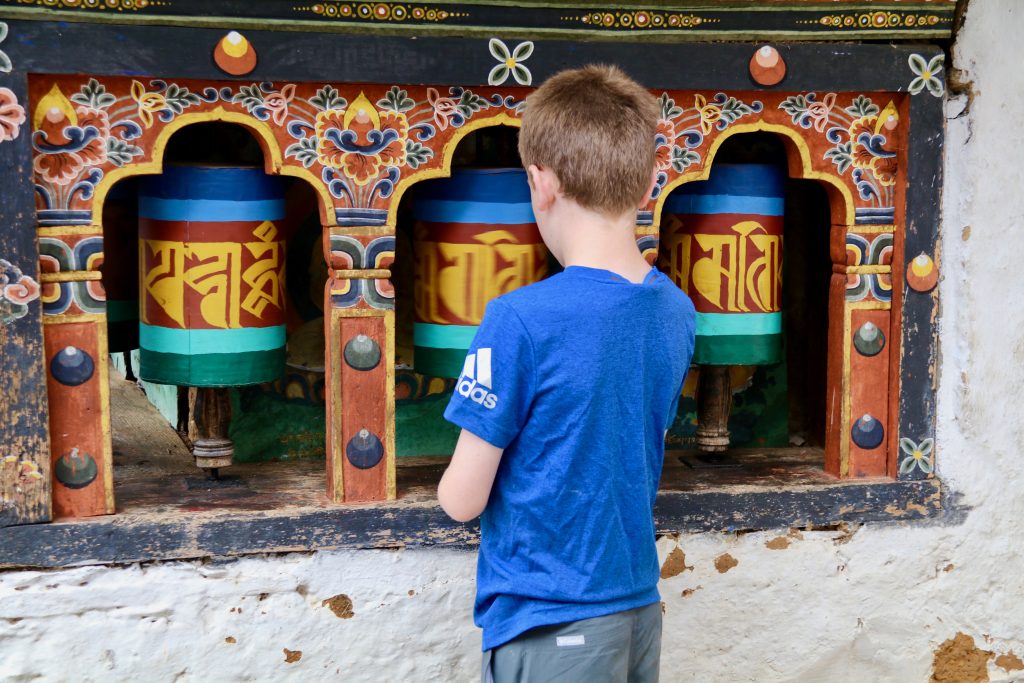
IS IT REALLY WORTH THE HIGH COST OF TREKKING IN BHUTAN?
Bhutan is off the beaten track of traditional tourist destinations for many reasons. Located in the southern foothills of the Himalayas, the country is nestled between China and India. Unlike its better-known neighbors, Bhutan remains out of reach for many travellers due to its sheer remote location, but also because of strict controls on tourism.
HOW DO TOURISM CONTROLS AFFECT YOU?
The Bhutan government adopts a “High Value, Low Impact” policy when it comes to tourism.
This is why they impose a daily tariff of between $200 and $250 per person. Children travelling to Bhutan aged between 5 and 12 will pay $100-$125 per day, while under 5’s travel for free. .
This mandatory daily spend is imposed on all visitors, and it includes your accommodation, transport, tour guide fees, meals and entry fees where applicable. It is important to note that all travel arrangements have to be arranged through an authorised tour operator.
SO IS IT WORTH IT?
A resounding yes!
With breathtaking scenery, and the friendly Bhutanese people, you get to immerse yourself in all Bhutan has to offer without having to battle the mass of tourists we usually encounter in other destinations in the Asian region and around the world.

5 REASONS TO GO TREKKING IN BHUTAN
1. TIGER’S NEST MONASTERY – THE JEWEL OF BHUTAN
Known locally as Paro Takstang, the Tiger’s Nest Monastery is situated about 10 miles north of Paro. Located on a cliff face, 300m off the ground, the monastery is only accessible on foot and on horseback.
The monastery derives its name from local folklore, which tells how Guru Rinpoche arrived at the location where the monastery now stands, after being carried on the back of a tigress all the way from Nepal.
The Tiger’s Nest Monastery is a working monastery comprising four temples as well as residences for the monks. Visiting the monastery will require a full day of travel. The round trip hike takes approximately 4-5 hours, covering a distance of about 4 miles with a 1,700 feet elevation.
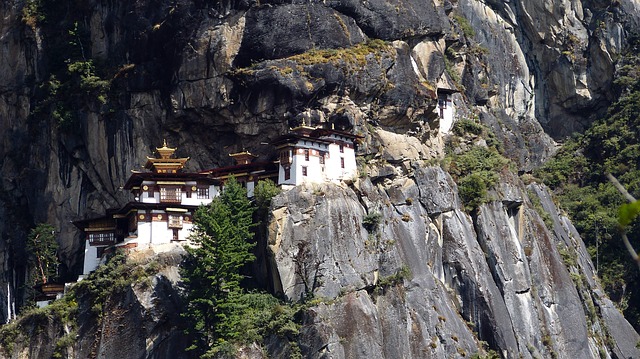
2. THE SNOWMAN TREK – THE MOST DIFFICULT TREK IN THE WORLD
The Snowman Trek is challenging for a number reasons. Firstly it is time-sensitive. Bhutan has a super long rainy season which prevents trekkers from attempting the journey. October is one of the best times to start, but don’t forget the high altitude conditions – the highest camp coming in at 5,050m – only 300m below Everest Base Camp and 800m under the hight of the Kilimanjaro summit.
This route starts in Paro, and runs across the northern perimeter of Bhutan, along the Tibet border. It includes the Shingchen La pass and Ganglakarchung pass, standing at 5,005m and 5,120m respectively.
Depending on the tour operator of choice, the itinerary of this trek averages between 21and 31 days.
Fun fact: Fewer people have attempted The Snowman Trek through the Himalayas than summiting nearby Mount Everest.
3. BREATHTAKING VIEWS AS FAR AS THE EYE CAN SEE
Bhutan boasts postcard landscapes consisting of historical landmarks, beautiful temples and spectacular panoramic mountain vistas.
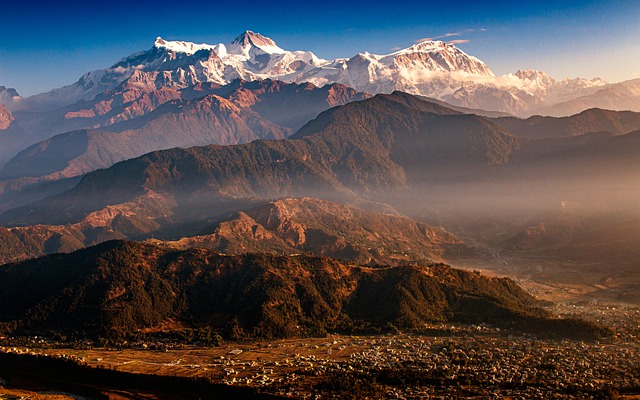
Wherever you go in Bhutan, you’ll be spoilt with the untouched landscape of snow capped mountains, and lush green vegetation.
Bhutan is known for its Rhododendron forests, and if you travel during the Bhutan summer (May – July) you will experience the magnificent splash of color from these beautiful flowers in bloom. Set against golden rice fields and the grey of the Himalayan Mountains, it truly is a sight to behold.
For cultural experiences and architecture, most of Bhutan’s buildings are of the Tibetan Buddhist style. Paintings and wall art are brightly colored and elaborate, which makes them irreplaceable backgrounds for your holiday Instagram overview!
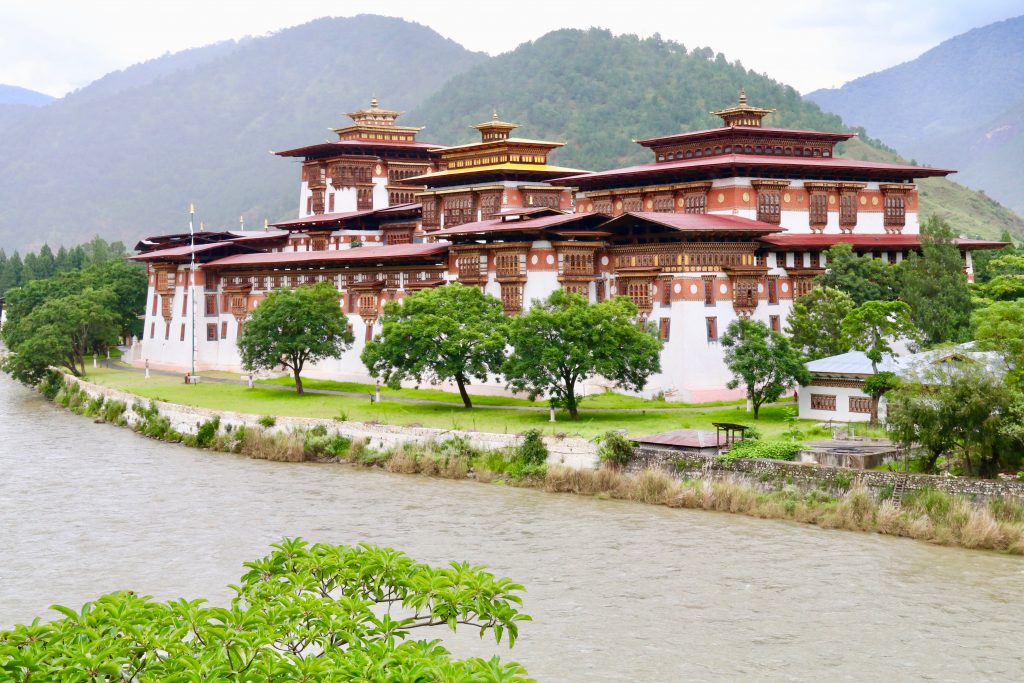
Towns and villages seem to hang precariously from the mountains, and roads are carved out of cliff faces, seemingly impassable, yet the Bhutan people survive, and thrive in their happy existence.
4. A WIDE VARIETY OF TREKS ON OFFER
With Bhutan’s diverse topography, the avid hiker is spoilt for choice. Whether it’s a scenic multi-day hike, or a strenuous challenge, a local agent can advise you on the best option to suit your needs.
Here’s a taster of what Bhutan has to offer:
The Chomolhari Or Jhomolari Trek – eight days of moderately challenging trekking over the Bhonte La and Takhung La passes, you will be rewarded with spectacular views of Mt. Jomolhari.
Druk Path Trek – six days, perfect for first timers. With nearly 6561 feet ascension, you will make your way through alpine forests and cross many alpine lakes.
Snowman Trek – this famous trek is also dubbed the most difficult in the world. You’ll need to set aside about 25 days to tackle this trek. Traversing the mountainous terrain between Bhutan and Tibet, you’ll cross 11 passes, all at well over 16 404 feet above sea level.
Duer Hot Springs Trek – a challenging nine-day trek, which includes a rest day near the Duer Hot springs. Lot of climbs and descents, you might also spot some local wildlife like the Musk Deer and Black Bear.
Bumthang Owl Trek – this three-day trek exposes you to the local culture, while being immersed in the amazing scenery. Lined with large forests of bamboo and some of the famous Rhododendrons, this trail also offers great birding opportunities. You can also explore many monasteries on this route.
Dagala Thousand Lakes Trek – six days of challenging trekking. With the highest point at about 14 760 feet, this trek gives the fisherman a chance to stop and catch some trout in the pristine mountain lakes. A permit is required, and should be arranged with the travel agent before you set off. This route also allows an intimate insight into the life of the yak herders and their mountain top villages.
5. ENJOY THE MULTITUDE OF AMAZING FESTIVALS ON OFFER
To make the most of this sacred opportunity, you may want to explore Bhutan away from hiking. Bhutan celebrates its religion and culture with many spectacular festivals, known locally as Tshechus (loosely translated as day ten).
These festivals are extremely important to the local inhabitants, and villagers congregate to celebrate with singing, dancing, and drinking, all the while receiving blessings. It’s worth taking note of when these festivals are taking place so that you can incorporate them into your itinerary.
The Paro Tshechu takes place at the beginning of April. This religious festival grants the attendees merit. Attendees don their finery to gather together in this social gathering.
Thimphu Tshechu is celebrated on the 10th day of the 8th lunar month. The festival is held in Thimphu, the Capital of Bhutan, and it commemorates the birth of Guru Rinpoche.
Mountain Echoes is a literary festival usually happening at the end of August. It brings together people interested in literature, art and culture for three days in the mountains to engage in dialogue and share their stories and experiences.
Jambay Lhakhang Drup is a five-day festival celebrated in mid September. Sacred dances are performed to drive out evil spirits and draw blessings on the Jaamba Lhakhang Temple.
The Wangduephodrang Tshechu is a relative newcomer on the scene. It was declared to celebrate the construction of a Dzong in the 1600s. It is celebrated in June.
The Haa Summer Festival is a colourful celebration of Bhutanese life. Celebrated mid July, this two day festival showcases traditional sports, cuisine, and even the brewing techniques around Bhutan’s traditional alcoholic drink Ara.
The Punakha Drubchen Festival celebrates the day when Bhutan defeated invading Tibetan forces. Most of the festival entails battle reenactments. This festival is actually made up of two festivals following on from one another. The first, Punakha Drubchen from 6 – 10 March, and the Punakha Tshechu from 11 – 13 March.
The Black-Necked Crane Festival is a one day celebration in November that celebrates the return of the endangered Black Neck Crane from its summer migration. The festival raises awareness of the importance of conserving the majestic bird.
Everything we’ve described here has to be experienced to be believed. We hope we’ve managed to convince you to add Bhutan to your “Hike It” list. It is expensive, but the cost is totally worthwhile at least once in one’s lifetime.
You can read more about the many hiking exploits of Mountain IQ on their website.

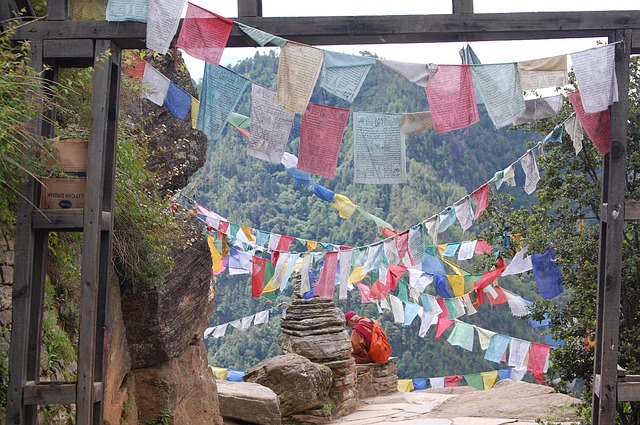
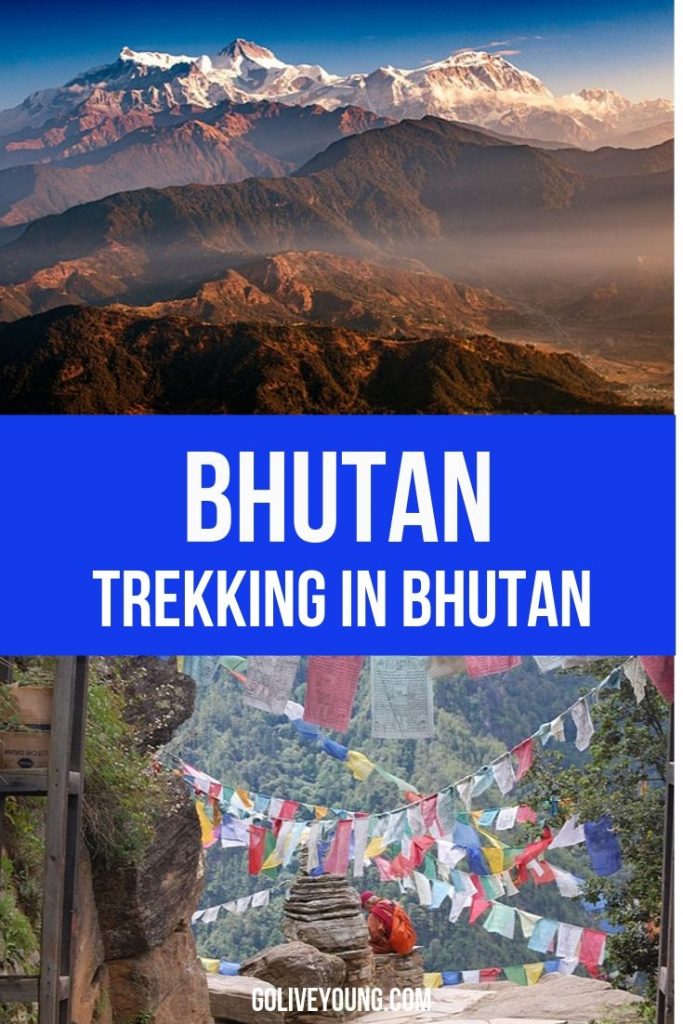
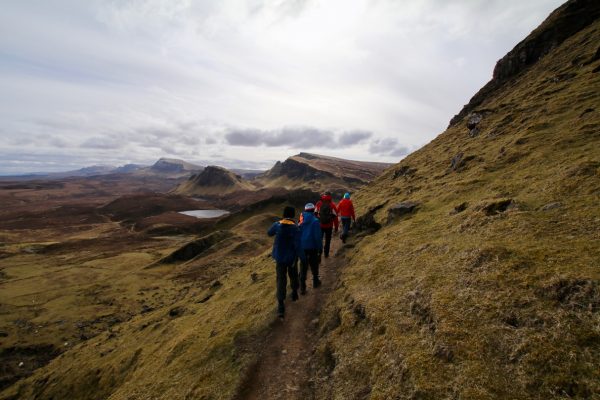
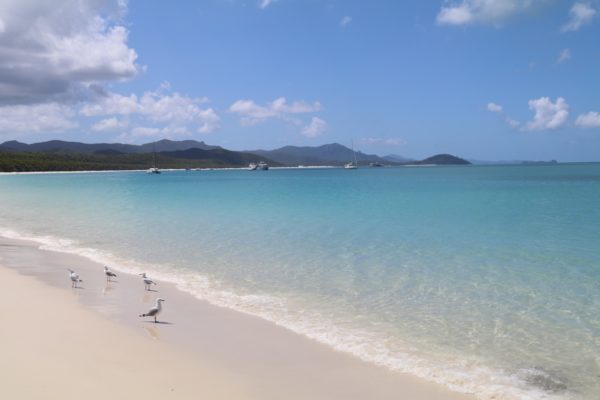
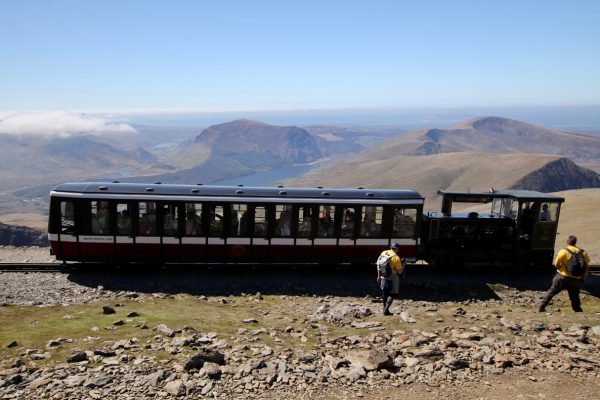

2 Comments.
Wow – Bhutan looks breathtaking! To be honest, I had never considered it as a destination to travel to in the past. I was surprised to learn about the daily tariffs and everything needs to be booked via an approved operator … its not the type of travel I am used to. Thanks for sharing #fearlessfamtravel
It’s very different to anywhere else…but so worth visiting.